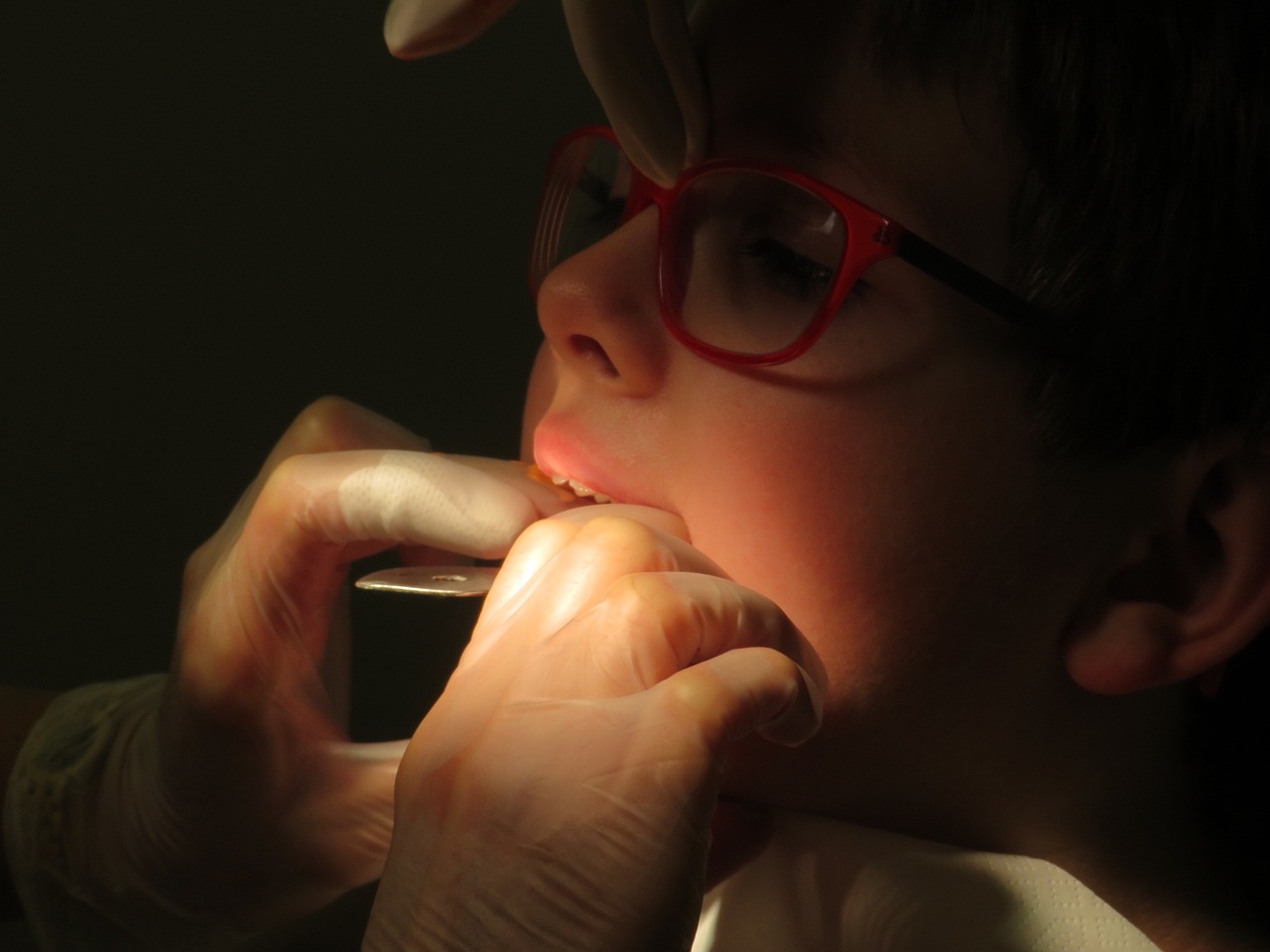In the past, there was only one way to straighten teeth and that was with braces. The unsightly metal tracks may once have had an appeal to pre-teens in the 1990s, with their use of colourful elastics to adhere the wire to the brackets, but life in the 2020s has called for a faster and more discreet approach and technology has answered that call with an array of options. With orthodontics in Harley Street patients have several options that can fix malocclusions, giving pre-teens and adults alike a choice in their dental care.
What are malocclusions?
Malocclusions are the malformation of teeth and bite, occlusion refers to the alignment of teeth and the way that the upper teeth fit into the lower teeth. Ideally, the back top and bottom molars should fit snugly into one another to form a perfectly aligned bite, so that the upper teeth prevent people from biting their cheeks while the lower teeth protect the tongue. Teeth should also fit snugly next to each other without crowding on top of one another or having too much space forming a gap between them. Often, problems with the bite or crooked teeth can be hereditary, but sometimes there are birth defects (like cleft lip and palate) or habits that may form malocclusions. Childhood habits – like thumb-sucking, using a pacifier past the age of 3 or extended bottle feeding may form issues with the bite and position of teeth. Thus, as the jaw and skull are still growing it is prudent for children to see a specialist between the ages of 7 and 9, to determine whether or not they will need preventive orthodontic treatments before or during adolescence.
Other causes of malocclusions are varied; injuries that result in misalignment or fractures of the jaw at any stage in life; tumours in the mouth or jaw; extra or missing teeth; and even poor previous dental practice like ill-fitting fillings, crowns, retainers and the like.
Treatments
 Traditional braces
Traditional braces
By fixing metal brackets to the teeth a specialist can place a wire on them which is set to a particular tension, thus forcing the teeth to adjust slowly over time by pulling them into place. This treatment can last for about 2 years in some cases.
Lingual braces
This treatment works in the same way as traditional braces, the chief difference being that the brackets are fitted at the back of the teeth instead of the front, making them far less obvious.
Porcelain braces
Another good option for adults, as the bracket which is fitted to the teeth is tooth-coloured porcelain and makes it far less noticeable than a metal bracket. This treatment can fix complex cases the same way that traditional braces do, but in a more unobtrusive way.
Invisalign
Sometimes known as invisible braces, this treatment uses 3D digital scanning technology and a computer algorithm to calculate the way a patient’s teeth will move over time, a clear aligner is given to the patients and changed every 1-2 weeks.

